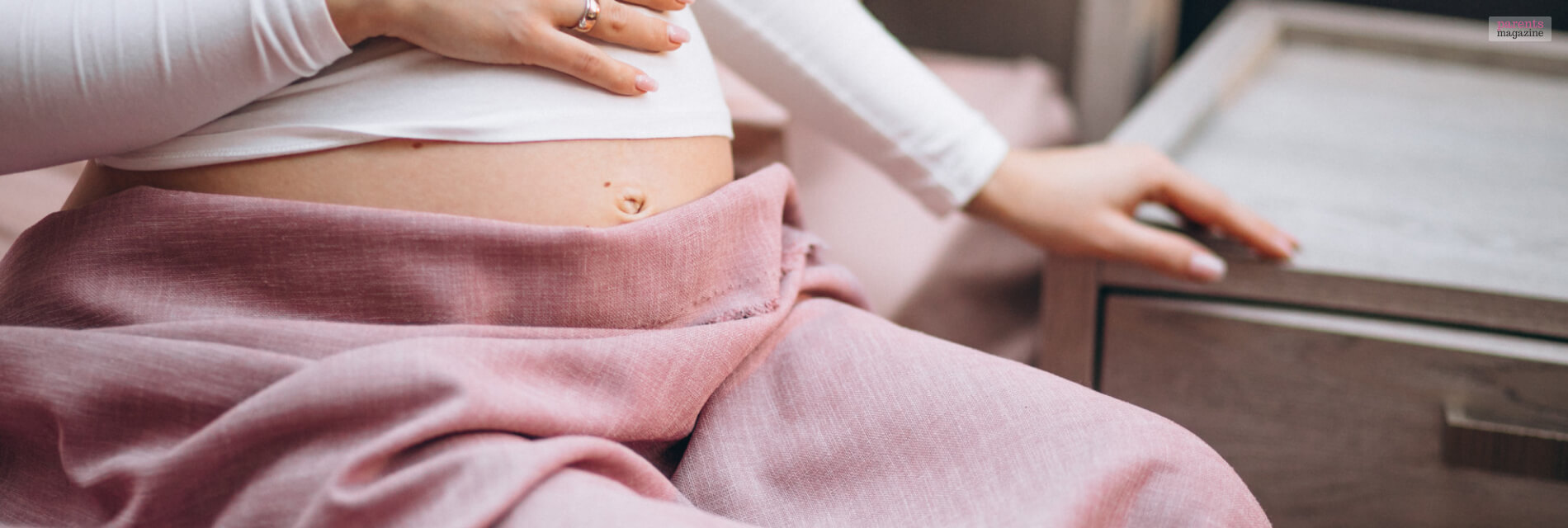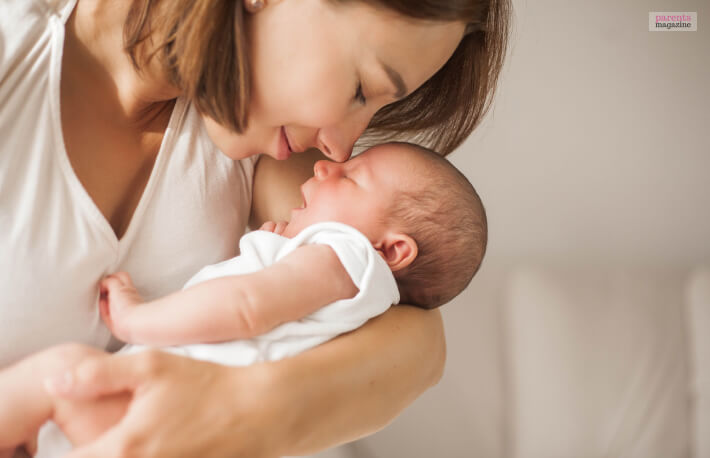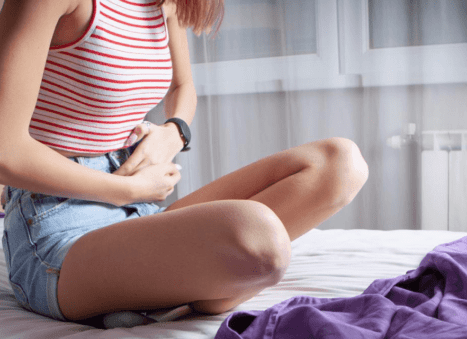
Signs Of Ovulation After Giving Birth: Know What Your Body Is Telling You
In the initial months of motherhood, things can look a lot different for each mother in terms of fertility. So today, our topic for discussion is fertility and the signs of ovulation after giving birth.
You might be eager to extend your family or might have plans for Irish twins, so it is important for you to have sound knowledge about the ovulation signs that your body is giving you. But even if you have no plan for another baby right now, this is important to know because this helps you prepare for intercourse and lets you know whether or not you need protection.
When Does Ovulation Start After Giving Birth?
The return of ovulation can be different for different women. There are a lot of factors on which ovulation depends, like individual hormones, breastfeeding, and a few more. There are some more factors that interfere with ovulation during the postpartum recovery phase.

Every woman has a unique body, and there are different factors that influence ovulation in them. Some include the intensity and frequency of breastfeeding and the hormonal balance of the mother and her overall health.
You can get some personalized guidance from your healthcare provider depending on what are your requirements. They will have a better understanding of your fertility patterns.
If You Are Not Breastfeeding
If you have chosen to formula-feed your baby and not breastfeed, ovulation comes a little early, somewhere close to four or six weeks after you have given birth. The body will slowly get back to its regular menstrual cycle after delivery. The first ovulation typically happens two weeks before you get your period.
If You Are Breast-Feeding
If you have chosen to exclusively breastfeed your baby, there is a high chance that your ovulation will get delayed. This happens because of prolactin, the hormone that is responsible for producing milk. Prolactin can stop certain hormones which are necessary for ovulation, which acts as a natural contraception.
But keep note of the fact that breastfeeding is not a foolproof contraception method since there is a chance that ovulation might happen even when you are breastfeeding.
Primary Signs Of Ovulation After Giving Birth
As your body recovers from childbirth, there are a lot of hormonal changes that happen when the body adjusts to the postpartum stage. Those are:
- Return of your period
- Change in the cervical fluid
- Discomfort in your lower abdomen
- Increase in the basal body temperature
- Increased libido
Knowing the signs of ovulation after giving birth could be helpful for those who are already planning for their next baby, who are not looking to get pregnant immediately, or who want to know their fertility pattern in this phase.
Return Of Menstruation
If your menstrual cycle has returned, then that is one major sign that you have started ovulating. But this is not true for every woman. An anovulatory cycle also happens, so it is important that you take note of the other signs after childbirth.
You have to remember that the span of the first postpartum period is different for all women. Some get their period back within a span of six weeks, while for others, it could be more than a few months.
Change In The Cervical Fluid
When you are ovulating or about to ovulate, the cervical fluid changes its appearance. When you are ovulating, the cervical fluid gets more slippery, stretchy, and more apparent, which is a lot similar to the textures of egg whites.
If you notice a change in the appearance and consistency of the cervical fluid, there is a good chance that you are about to ovulate.
Discomfort In The Lower Abdomen
Few women experience an ache or mild pelvic pain on one side of the lower abdomen when they are ovulating. This sensation or feeling can serve as a sign that the egg has been released.
Increase In the Basal Body Temperature
One of the best ways to track ovulation patterns is to monitor the basal body temperature. When you are ovulating or after ovulation, the basal body temperature takes a slight hike, ranging upto 0.5-1 degree Fahrenheit.
Tracking your basal body temperature just after waking up will let you know when you are ovulating. There are also some products that help you track your BBT and even aggregate the data they record and make a helpful chart.
Increased Libido
During ovulation or around that time, some woman has an increase in their sexual desire. This increase in libido is believed to be happening because of the changes in hormones during this fertile window.
However, the ovulation patterns during postpartum can be different for each woman, and the signs of ovulation are also different. If you are planning for your second baby already or trying to keep track of the fertility window, then you have to look for these signs.
Navigate Your Postpartum Fertility With The Help Of The Ovulation Signs
Knowing the various signs of ovulation after giving birth is an important skill that a woman should have to navigate the journey of postpartum fertility properly. It doesn’t matter whether your aim is to know your body better or if you are trying to conceive, paying attention to these indicators would help you precisely predict the fertility window.
Every woman has a unique body, and the patterns for postpartum ovulation also vary. Knowing the signals your body is sending you and taking guidance from your healthcare provider is going to get you beneficial insights about your postpartum fertility and allow you to make an informed decision about your family planning.
MORE FOR YOU:
Already have an account?
Sign In
Create your account
User added successfully. Log in








